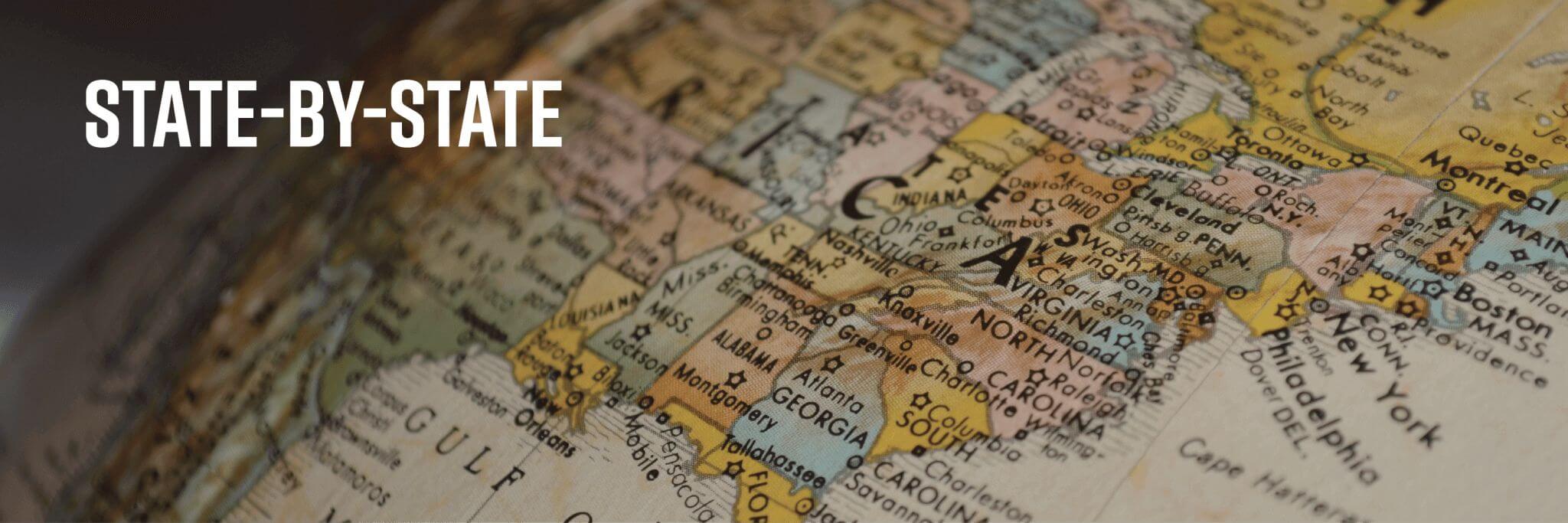Maryland
Rhode Island
Maine
Massachusetts
Delaware
Connecticut
Tennessee
Mississippi
Oklahoma
Minnesota
New Mexico
South Dakota
North Dakota
Hawaii
Idaho
Oregon
California
New Hampshire
Iowa
Montana
Montana is vulnerable to increasing heat, melting snowpack and glaciers, reduced water availability and wildfires Montana’s climate is already changing. The state has warmed two degrees Fahrenheit in the last century. Montana recorded its all time wettest spring in 2014, …
Alabama
Indiana
New Jersey
Missouri
West Virginia
Ohio
Pennsylvania
Wisconsin
Washington
Alaska
Utah
Arizona
Illinois
North Carolina
Michigan
Florida
Nebraska
Louisiana
Kansas
Kentucky
Wyoming
Arkansas
Arkansas is vulnerable to flooding, drought and increasing temperatures which threaten the state’s agriculture and energy industries and human health Unlike most of the nation, Arkansas has not warmed in the past century. Arkansas will become warmer in the future …
Georgia
Colorado
Texas
Virginia
Nevada
South Carolina
Southwest
Southeast and Caribbean
NYC Climate Impacts
The following is a summary of climate impacts on New York City.
Northwest
The following is a compilation of climate change impacts occurring right here, right now in the Northwest, as well as projected impacts, economic and human health consequences, and notable recent events. The Northwest is home to 12 million inhabitants. Climate change already poses a challenge to the Northwest, from extreme heat to wildfires, and conditions are likely to increase in severity.
Northeast
The following is a compilation of climate change impacts occurring right here, right now in the Northeast, as well as projected impacts, economic and human health consequences, and notable recent events.
Midwest
The following is a compilation of regional climate change impacts in the Midwest pulled from the Third U.S. National Climate Assessment, Risky Business, and other sources.
New York
Energy and climate resources for the state of New York
Alaska: Climate Change Ground Zero
The Earth’s temperature is now increasing faster than anytime in the last 1,000 years. Alaska and the Arctic, temperatures are rising at twice the global rate—more rapidly than anywhere else in the world, making the region ground zero for climate change. The best estimate is that human activity is responsible for all of the observed increase in global temperatures since 1985. The effects of the temperature changes are transforming a once-frozen seascape into an evolving, navigable ocean. These rapid changes occurring in the North have created a new Arctic climate system.


